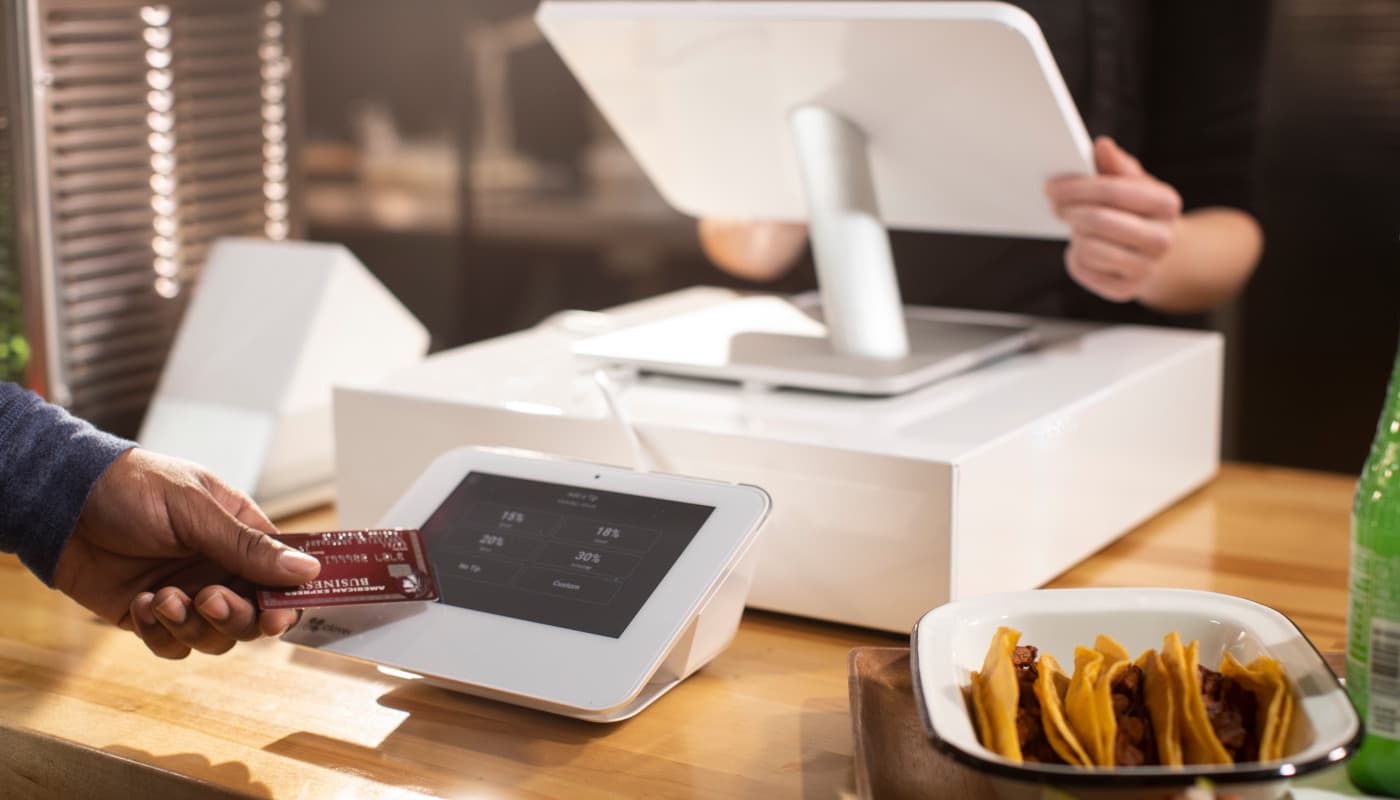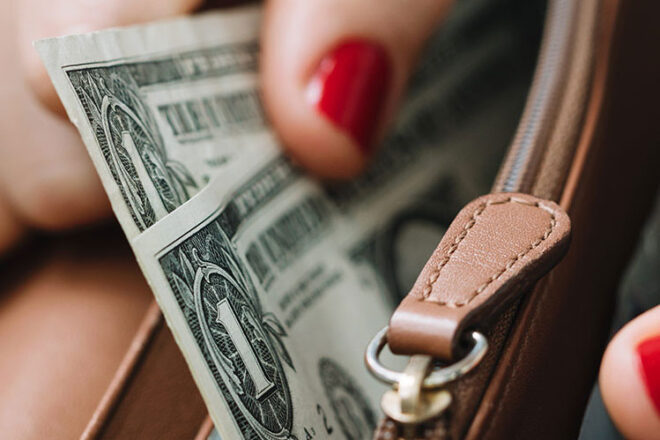Creating a contactless payment experience
Editorial Team
4 min read
A touchless payment experience is one in which customers have little to no physical contact with the hardware you use to capture and process transactions during checkout. In layman’s terms, this means:
- No swiping or dipping cards at a credit card reader
- No touching or signing any printed receipts
- No entering PINs on touchpads or displays
Contactless payment transactions rely on near field communication (NFC) technology to establish a wireless link between a point-of-sale (POS) device and a user’s credit card, debit card, smartphone, or wearable device. When it’s time to initiate a transaction at the checkout counter, customers simply wave their card or payment device across an NFC reader to complete the sale.
What are the benefits of contactless payments?
Since customers initiate transactions by waving their device or contactless card across an NFC reader, there’s no need for any cashier to touch a user’s card. This offers several benefits for both employees and customers, which may include:
- Reducing transmission of bacteria and germs: With concerns about the coronavirus and other easily transmissible diseases, retailers and shoppers alike have even more incentive to limit physical contact with one another.
- Offering a quicker and more convenient checkout: With just a simple tap or wave, customers can complete transactions faster than paying with an EMV chip or magstripe card, enabling lines to move faster.
Providing a more secure payment experience: Customers initiate the transaction, so there’s no need to hand over a credit card. This helps to reduce the risk of payment information falling into the wrong hands.
Steps for encouraging touchless payment transactions during checkout
Getting started is surprisingly simple – especially since you may have some of the necessary hardware to begin accepting contactless payments already:
- If you currently use an EMV-enabled credit card reader, it likely has built-in NFC functionality
- It’s also possible to convert existing smartphones and tablets into a mobile POS system with touchless payment functionality
To encourage a touchless payment experience, follow the steps below:
1. Use NFC decals
Add contactless payment decals to your storefront window and checkout counters. Doing so alerts users that you accept NFC payments. Customers who don’t have contactless payment capabilities can still dip or swipe their cards during checkout.
2. Drop the signature requirement
Starting in 2018, Visa, Mastercard, Discover, and Amex officially stopped requiring signatures from EMV-compliant merchants for in-store payment authorization.1 Consider eliminating this step as well, since it:
- Creates unnecessary physical contact with ink pens and paper or stylus pens and touchscreens
- Slows the checkout process
- Uses material resources (such as paper and ink)
- Offers little extra security and protection
3. Eliminate paper receipts
Paper receipts are wasteful and bad for the environment, and may potentially be able to transmit germs. Instead, email or text electronic receipts directly to customers whenever possible. Not only does this help to shrink your carbon footprint and prevent the spread of germs, but it also allows you to quickly sign up customers for your loyalty program.
4. Install a customer-facing display
Even with all the steps above, there are times when customers may need to touch a screen or PIN pad during the checkout process, such as when using a debit card for purchases, or perhaps entering a phone number or email for receipts or loyalty.
If there is only one touchscreen display at the checkout counter, the user and the cashier end up touching the same hardware. Adding a customer-facing display helps change that. Cleaning and disinfecting credit card readers and POS systems on a regular basis can help prevent the spread of germs and also help enhance the performance of equipment.
5. Move more inventory online
Do you want to offer your customers a truly touchless shopping experience? Move more of your inventory online. That way you and your customers won’t come into direct contact with one another. This doesn’t mean you should abandon your brick-and-mortar operations. Embracing eCommerce provides users with the option of shopping remotely, yet you may even consider offering a buy online pickup in store (BOPIS) option.
Let us help you transition to contactless payments
Even before COVID-19, the world was already rapidly adopting contactless payments.
The sooner you make the switch to touchless card payment technology, the sooner you’ll be able to offer in-store customers a safer shopping experience.
To learn how our PCI-compliant payment solutions can help you make the transition, schedule a free consultation with our merchant services team today.
1 “Credit Card Signature No Longer Required: What Your Business Needs to Know,” Fundera, 30 January 2020
Related Posts
How soon until wallets and cash are a thing of the past?
What happens when a company experiences a data breach?
Popular Topics
Stay In Touch
Sign up and learn more about Clover.
Thank you for your subscription!
Recent Stories
- Jewelry store supplies and equipment needed for opening day
- How small businesses can use employee discounts to retain staff
- Tips and tricks for opening an outdoor pop-up restaurant
Please share your contact information
to access our premium content.
Thank you for sharing your contact information.
Download Now





